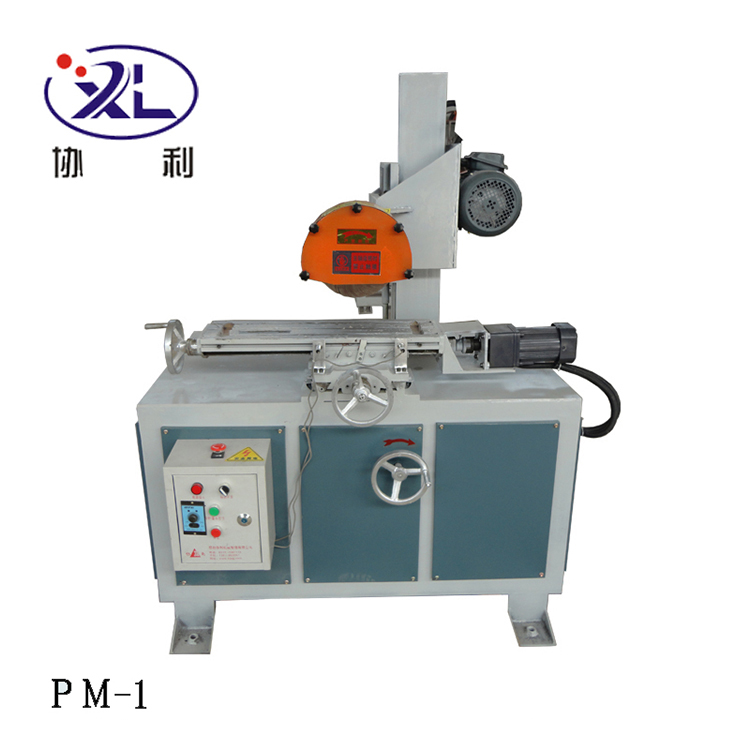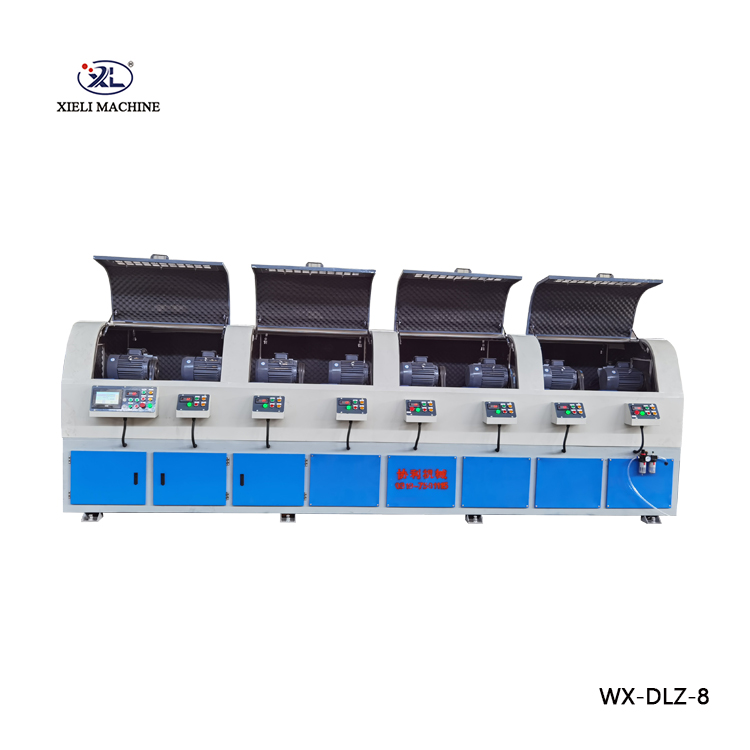CE Certification of New Centerless Grinding Machines A Comprehensive Overview
In today's competitive manufacturing landscape, the certification of machinery plays a pivotal role in ensuring quality, safety, and compliance with established standards. One such critical certification is the CE mark, which indicates that a product meets the essential requirements of European health, safety, and environmental protection legislation. This article delves into the significance of CE certification for new centerless grinding machines, highlighting its implications for manufacturers and users alike.
Understanding Centerless Grinding Machines
Centerless grinding is a machining process used to shape the outer surfaces of an object. Unlike traditional grinding methods, the workpiece is not held between centers; instead, it is supported by a work platform and ground using a rotating grinding wheel. This method offers several advantages, including the ability to process multiple parts simultaneously and achieve high precision with minimal setup time.
Centerless grinding machines are widely used in various industries, including automotive, aerospace, and medical devices, where precision and efficiency are paramount. As these machines become more sophisticated, the need for adherence to safety and performance standards becomes increasingly important.
The Importance of CE Certification
CE certification is a mandatory conformity mark for products sold within the European Economic Area (EEA). It signifies that a product complies with the relevant European directives, ensuring it meets the necessary safety and environmental standards. For manufacturers of centerless grinding machines, obtaining CE certification is crucial for several reasons
1. Market Access CE marking is essential for any manufacturer wishing to sell their products in the European market. Without this certification, centerless grinding machines cannot be legally marketed or sold in the EU, limiting market reach and profitability.
2. Consumer Safety The CE certification process ensures that machines are designed and built with the user's safety in mind. This includes rigorous testing for mechanical hazards, electrical safety, noise emissions, and ergonomic factors. By certifying their machines, manufacturers demonstrate their commitment to providing safe and reliable products.
3. Quality Assurance The CE marking process requires manufacturers to implement quality management systems that adhere to stringent standards. This helps in maintaining consistent product quality and reduces the risk of defects, thereby enhancing customer satisfaction.
ce certification new centerless grinding machine

4. Environmental Compliance CE certification also addresses environmental concerns. Machines that bear the CE mark are required to meet directives related to waste management, energy efficiency, and material safety. This aligns with the growing emphasis on sustainable manufacturing practices.
The Certification Process
Obtaining CE certification for new centerless grinding machines involves several steps
1. Identify Relevant Directives Manufacturers must first determine which EU directives apply to their machines, such as the Machinery Directive, Electromagnetic Compatibility Directive, and Low Voltage Directive.
2. Conduct Risk Assessment A thorough risk assessment must be conducted to identify potential hazards associated with the machine's operation and use.
3. Develop Technical Documentation Manufacturers need to compile technical documentation demonstrating compliance with relevant standards. This often includes design specifications, test results, and user manuals.
4. Testing and Evaluation The machine may need to undergo testing and evaluation by a notified body, an organization designated by the EU to assess conformity to specified standards.
5. Declaration of Conformity Once compliance is confirmed, manufacturers must declare conformity, marking the machine with the CE logo and affixing it to the product.
Conclusion
CE certification is not just a regulatory requirement; it is an assurance of quality and safety for manufacturers and users of centerless grinding machines. In an industry where precision and reliability are crucial, obtaining this certification can enhance a manufacturer's reputation and open up lucrative market opportunities. As technology continues to advance, ensuring that new machines meet these essential standards will play a key role in driving innovation and maintaining competitiveness in the global marketplace. For manufacturers, the path to CE certification may seem complex, but the benefits far outweigh the challenges, making it a worthwhile investment in the future of their products and business success.





